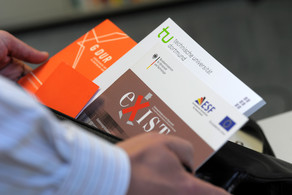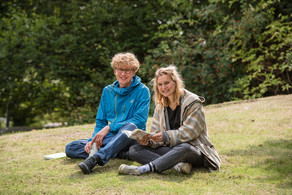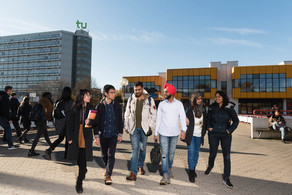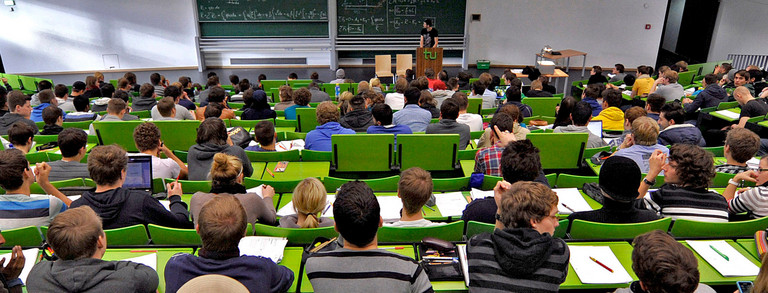Using Simulations to Improve Decisions in Freight Transport
- Top News
- Research
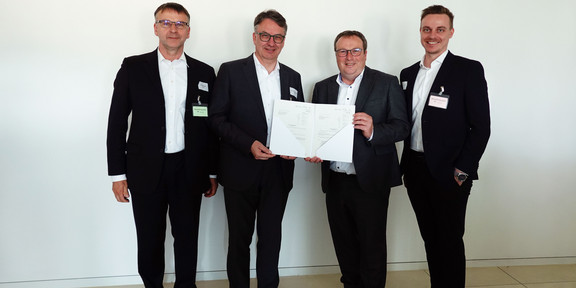
Freight transport is a key pillar of the economy: it carries goods from production sites to retailers and keeps store shelves stocked. According to forecasts by the Federal Ministry of Transport, it will continue to grow—by 2030, freight traffic is expected to increase by a further 38 percent over 2010 levels. Even now, however, it accounts for about one third of the transport sector’s greenhouse-gas emissions in Germany.
In future, more freight should therefore be shifted to other modes of transport within the EU, explains Professor Uwe Clausen (photo), head of ITL at the Department of Mechanical Engineering and Director at the Fraunhofer Institute for Material Flow and Logistics IML: “Shifting goods—whether to rail or inland waterways—offers many advantages, for the environment as well as for the cost-efficiency and safety of freight transport.”
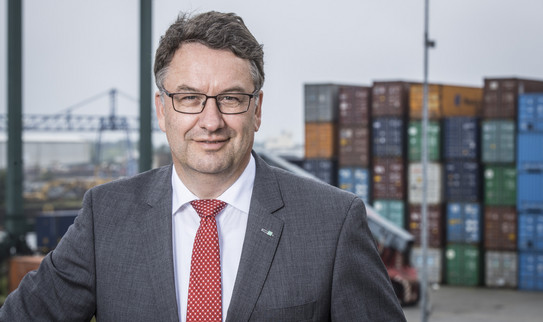
Freight transport is a key pillar of the economy: it carries goods from production sites to retailers and keeps store shelves stocked. According to forecasts by the Federal Ministry of Transport, it will continue to grow—by 2030, freight traffic is expected to increase by a further 38 percent over 2010 levels. Even now, however, it accounts for about one third of the transport sector’s greenhouse-gas emissions in Germany. In future, more freight should therefore be shifted to other modes of transport within the EU, explains Professor Uwe Clausen, head of ITL at the Department of Mechanical Engineering and Director at the Fraunhofer Institute for Material Flow and Logistics IML: “Shifting goods—whether to rail or inland waterways—offers many advantages, for the environment as well as for the cost-efficiency and safety of freight transport.”
In Combined Transport (CT), goods are carried over long distances by train or ship to terminals that serve as hubs. In CT, trucks are used only for the shortest possible distances—e.g., to bring goods to the terminal or to deliver them from there to the unloading site. “Yet this shift in transport modes has stagnated within the EU,” says Clausen. “The growing number of construction sites required for infrastructure expansion also plays a role. The challenge, then, is to ensure that goods already on rail remain there and do not shift to road transport due to disruptions or uncertainties.” Together with his team, Professor Uwe Clausen is therefore investigating possible solutions for managing disruptions in rail and combined transport in the new project “Rail Disturbance Simulation - Simulation-based Analysis of the Impact of Operational Disruptions in CT (RailDisSim).”
Decisions in Disruption Management
Diverse stakeholders collaborate in CT to process freight efficiently—carriers, freight forwarders, shippers, operators and terminal managers. When a disruption occurs on the rail network, swift re-planning is required. There are usually two options, explains Marius Dellbrügge, Senior Engineer at ITL and Group Leader for Transport Modeling and Process Planning: “Either you use an alternative rail route or you shift the transport to road. In practice, however, choosing the best possible option often fails due to a lack of information exchange among the parties involved. Not infrequently, road transport becomes the default in disruption cases, even though a rail diversion would be more advantageous economically, ecologically or socially.”
In the project’s first phase, the RailDisSim team therefore is investigating how stakeholders behave during disruption management. They’re identifying which factors influence the choice of diversion and the transport mode used. For this, the ITL researchers are partnering with catkin, a Dortmund-based IT service provider that develops digital solutions for the transport industry.
Practice-oriented Simulations
Building on field-research data and catkin’s systems, the team will develop a simulation model for modal shifts. The simulation will consider three diversion options: using a different rail line, shifting to road, or rerouting via another terminal. Franziska Rosenthal, research assistant at ITL, explains: “Simulation-based analysis lets us pinpoint optimization potentials in handling operational disruptions. Through diverse scenarios, we can derive actionable recommendations for the industry.” The goal of RailDisSim is to create a tool that helps decision-makers select the optimal mode of transport in CT.
With its research into networked, climate-friendly logistics solutions, RailDisSim successfully secured funding in the “NeueWege.IN.NRW” innovation competition and is now financially supported by the EU and the NRW Ministry of Economic Affairs, Industry, Climate Action and Energy (MWIKE). Under the “North Rhine-Westphalia 2021–2027” program of the European Regional Development Fund (ERDF, German: EFRE) and the Just Transition Fund (JTF), the project is funded with around 733,000 euros in total, approximately 466,000 euros of which goes to TU Dortmund University.
Further information on RailDisSim
Contact for queries:






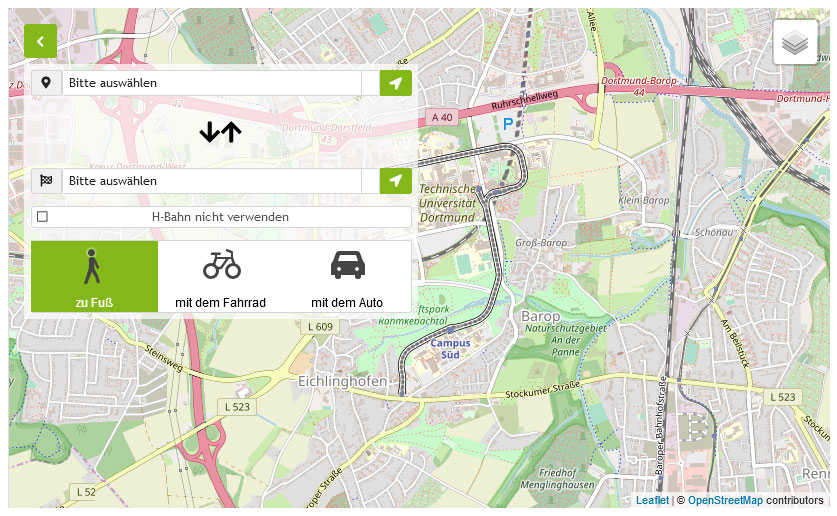
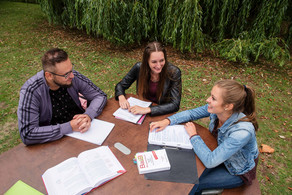
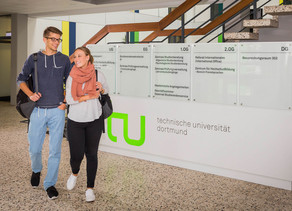
![[Translate to English:] Partner Four hands are holding the green logo of TU Dortmund University](/storages/tu_website/_processed_/1/d/csm_Partner_Nicole_Rechmann_KW_670eba0154.jpg)
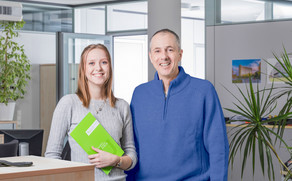
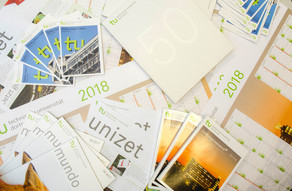

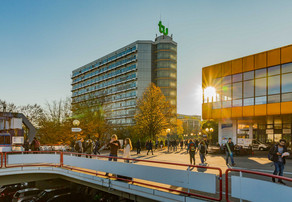
![[Translate to English:] Forschung An apparatus with tubes in a laboratory](/storages/tu_website/_processed_/0/c/csm_Forschung_Juergen_Huhn_4fa3153b51.jpg)
![[Translate to English:] Studium Five students are sitting in a lecture hall. They are talking to each other.](/storages/tu_website/_processed_/c/9/csm_Studium_FelixSchmale_dbdbfb0dd7.jpg)
